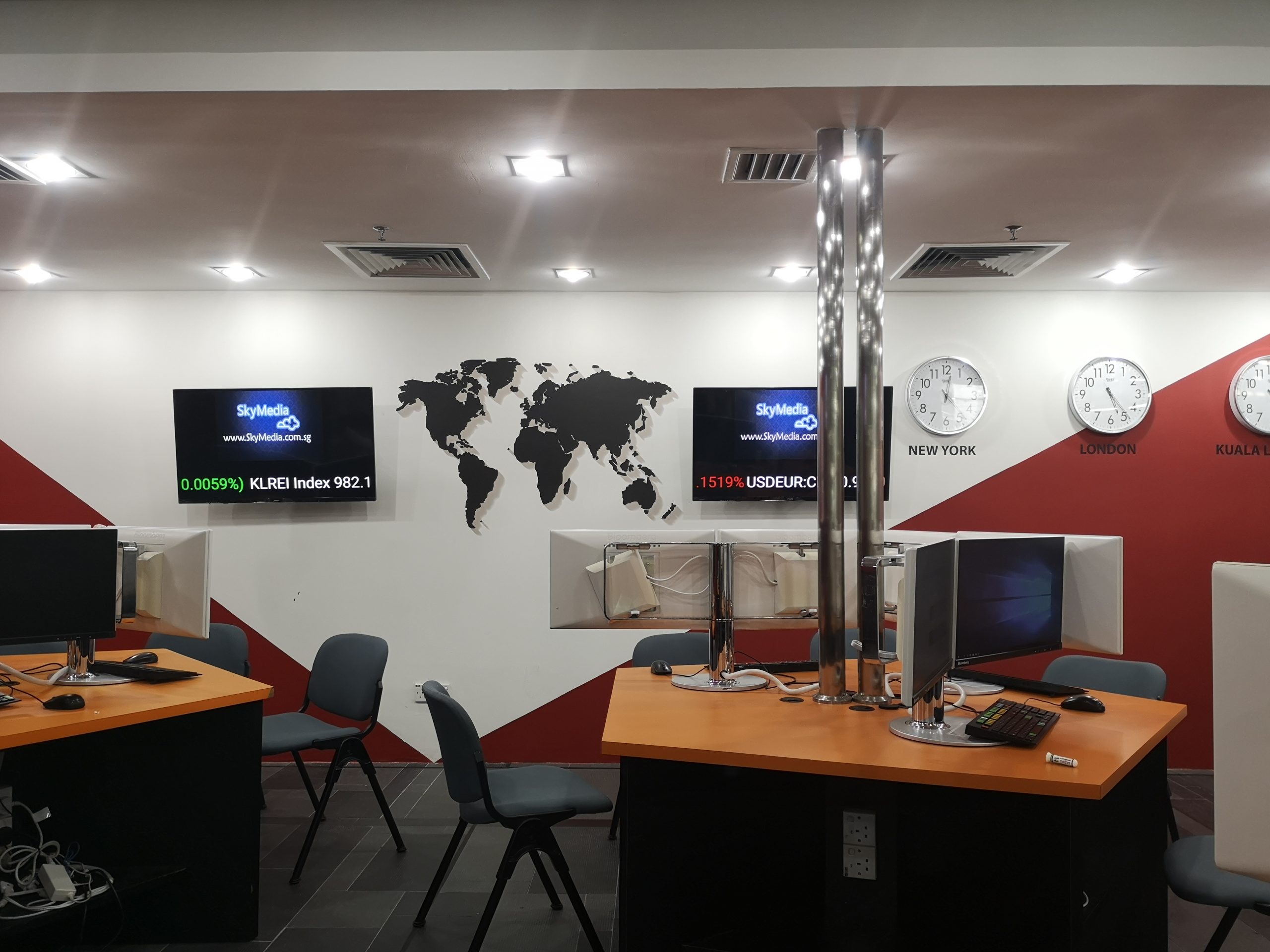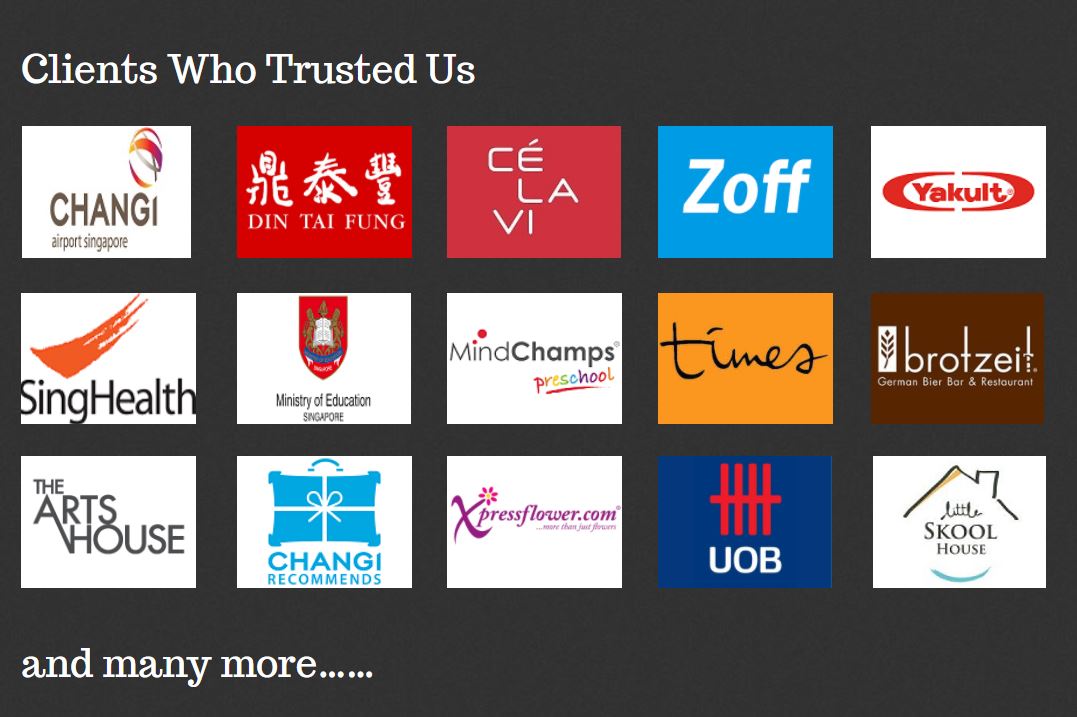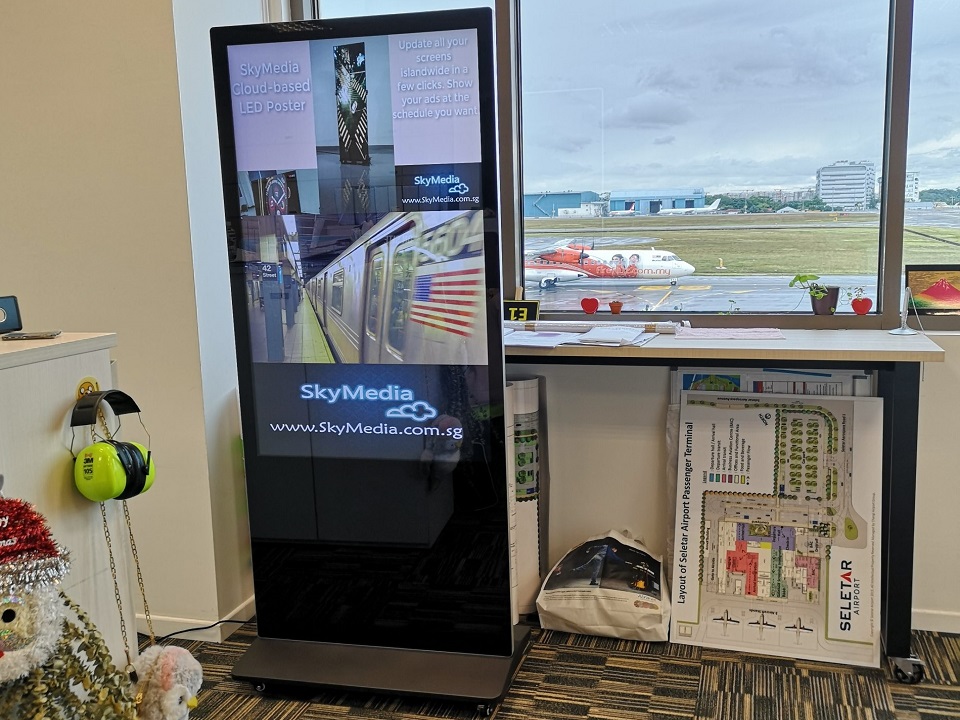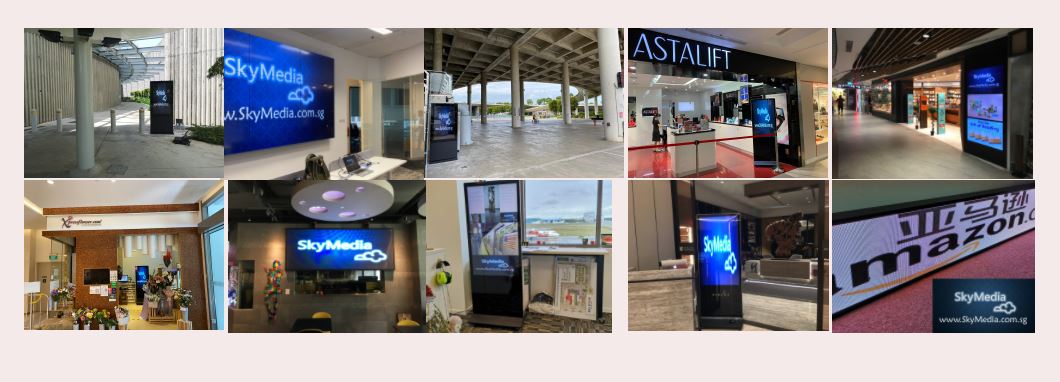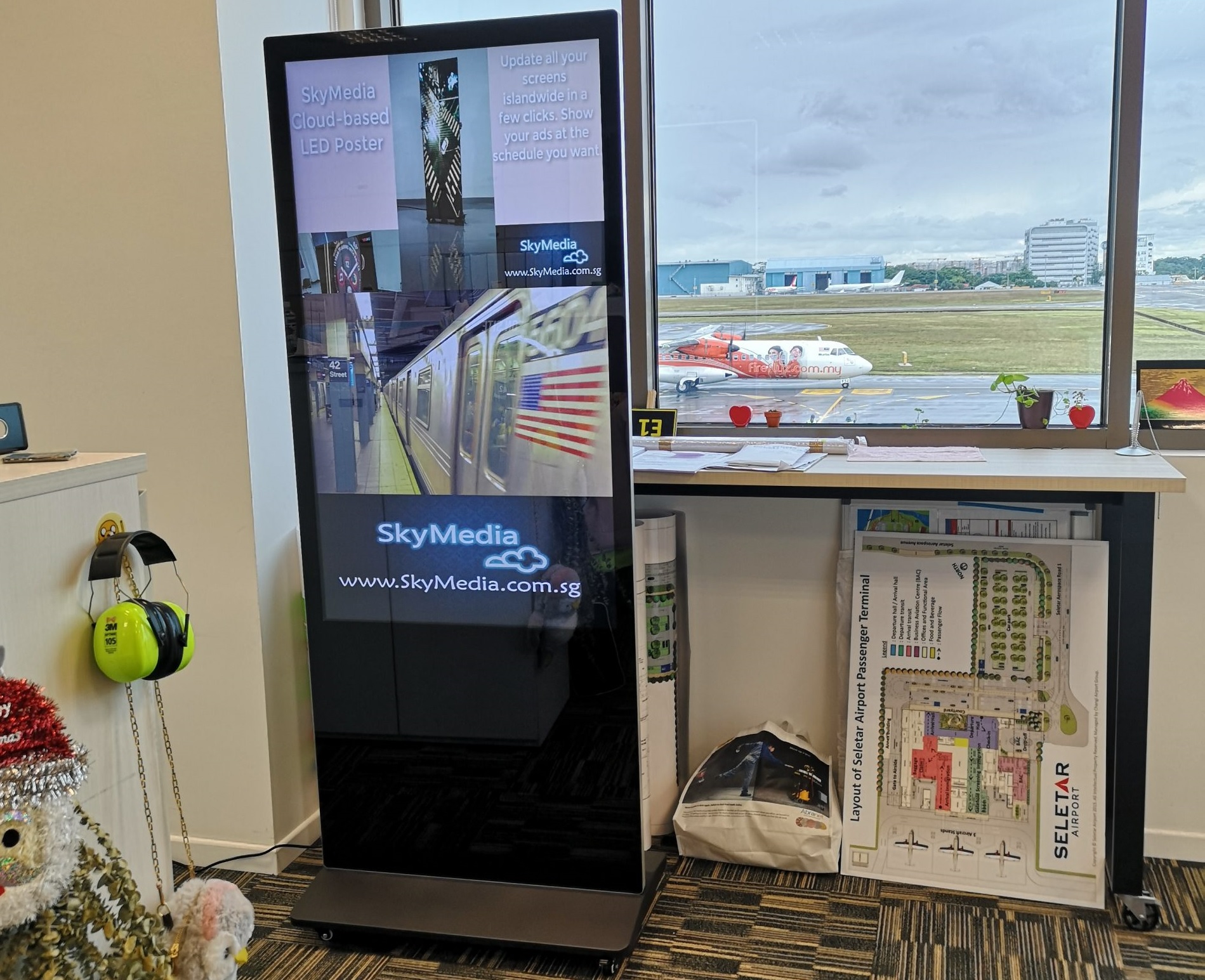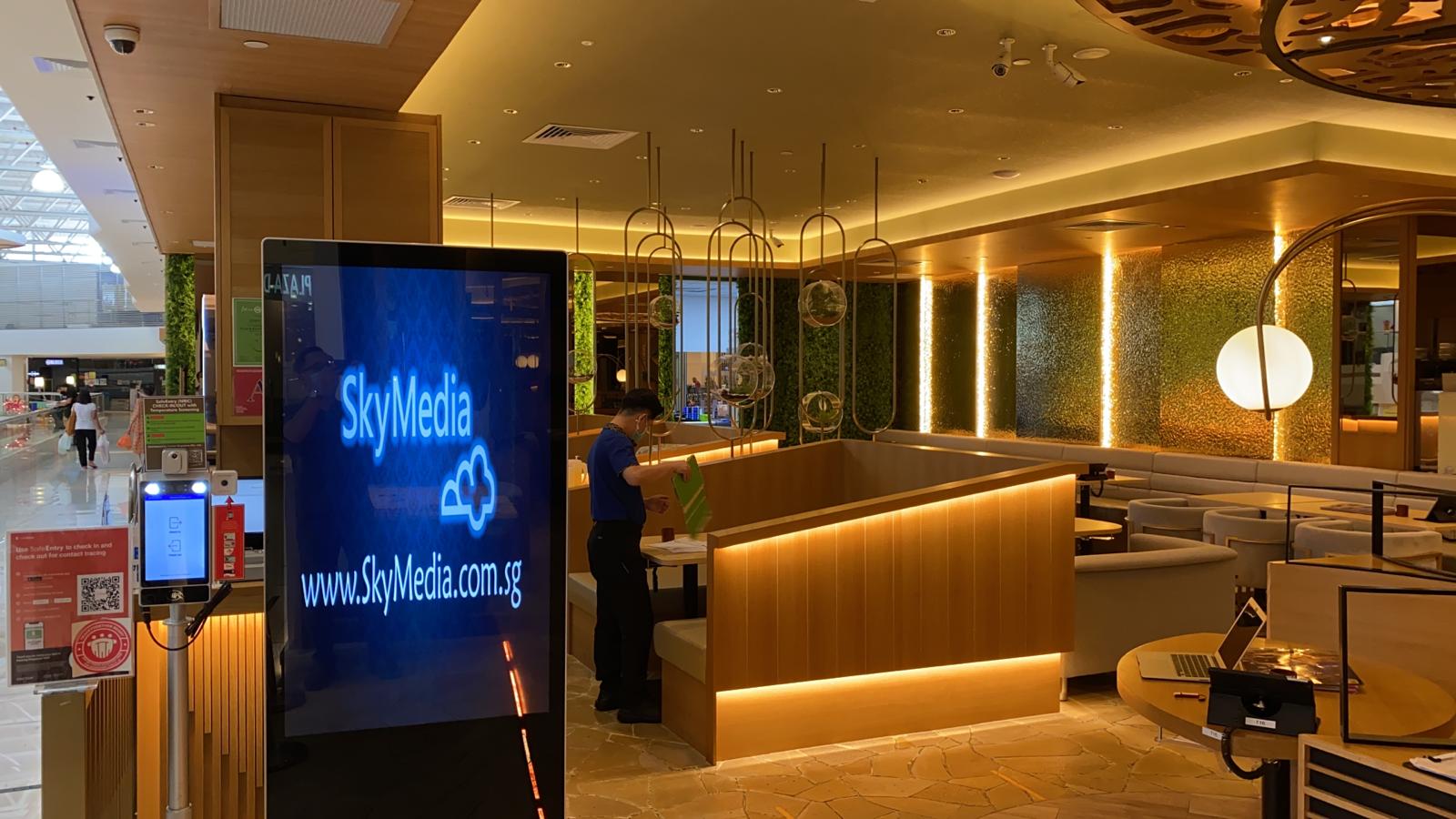Advertising has always been a dynamic and evolving industry. From the early days of print ads to the rise of television and the internet, advertisers have continuously adapted to new technologies and mediums to reach their target audiences. In recent years, one of the most promising and rapidly growing forms of advertising is digital signage displays. These high-tech screens are transforming the way businesses and organizations connect with their customers and the general public, offering a dynamic, interactive, and highly engaging platform for delivering messages. In this article, we will explore the future of advertising through the lens of digital signage displays, understanding how they work, their current impact, and the potential they hold for the advertising landscape.
Understanding Digital Signage Displays in the US
Digital signage displays, often simply referred to as digital signage, encompass a wide range of electronic displays used to convey information, advertising, or other messages to a specific target audience. These displays can take various forms, including LED and LCD screens, video walls, kiosks, and interactive touchscreens. They can be found in various locations, such as retail stores, airports, restaurants, corporate offices, stadiums, public transportation hubs, and many other public spaces. The primary goal of digital signage is to capture the attention of passersby, engage them with compelling content, and influence their behavior, whether it’s making a purchase, providing information, or creating a memorable brand experience.
The Current Impact of Digital Signage Displays
Digital signage has already made a significant impact in the advertising world. One of its most apparent benefits is its ability to create captivating and dynamic visual experiences. Traditional static signs and billboards can’t compete with the flexibility and creativity that digital signage offers. Content can be updated in real-time, which means advertisers can tailor their messages to specific audiences and adapt to changing circumstances. This level of adaptability is particularly crucial in today’s fast-paced business environment.
Furthermore, digital signage enables businesses to track the effectiveness of their advertising efforts. With the integration of data analytics and interactive elements, companies can measure audience engagement, dwell time, and even gather demographic information. This data-driven approach allows advertisers to refine their campaigns continually, ensuring they get the best return on their investment.
In addition to increased engagement and data-driven insights, digital signage also enhances the overall customer experience. Whether it’s a digital menu board at a fast-food restaurant, an interactive display in a retail store, or an information kiosk at an airport, these digital displays help customers navigate their surroundings more easily and access information at their convenience. This enhanced customer experience can lead to increased satisfaction and loyalty, positively impacting a brand’s image and revenue.
The Future Potential of Digital Signage Displays
As we look to the future, the potential of digital signage displays in advertising becomes even more promising. Several key trends and innovations are shaping the future of this industry.
1. Integration of Artificial Intelligence (AI)
Artificial intelligence is already playing a significant role in optimizing the content displayed on digital signage. AI algorithms can analyze real-time data, such as foot traffic, weather conditions, and user interactions, to deliver more relevant and timely content. For example, a digital signage display in a retail store could use AI to recommend products based on a customer’s profile and purchase history. This level of personalization can dramatically enhance the effectiveness of advertising campaigns.
2. Augmented Reality (AR) and Virtual Reality (VR)
Augmented reality and virtual reality are poised to revolutionize the way advertisers engage with their audiences through digital signage. Imagine walking through a shopping mall, and as you pass by a digital display, you’re prompted to put on a pair of AR glasses or use your smartphone to access a fully immersive brand experience. With AR and VR, advertisers can create interactive and immersive campaigns that blur the line between the physical and digital worlds, providing a more memorable and persuasive advertising experience.
3. Interactive Touchscreens
Interactive touchscreens are already in use in various industries, from retail to healthcare. However, their potential for advertising is vast. These displays allow customers to engage with content in a more direct and participatory manner. For example, in a clothing store, customers could use a touchscreen to virtually try on different outfits, providing a more personalized and engaging shopping experience. As touch technology continues to advance, we can expect even more innovative applications in the future.
4. Sustainability and Energy Efficiency
Sustainability is a growing concern in advertising and business as a whole. Digital signage displays have the potential to be more environmentally friendly than traditional print advertising and billboards. As the industry progresses, we can expect more energy-efficient displays, making use of renewable energy sources and reducing the overall carbon footprint. This sustainability focus can also be a selling point for environmentally conscious consumers.
5. Geolocation and Contextual Advertising
With the increasing accuracy of geolocation services and the proliferation of mobile devices, digital signage can tap into the power of location-based and contextual advertising. For example, a digital billboard near a major sports stadium could display ads for nearby restaurants and bars before a game, or a shopping mall could use geolocation to guide shoppers to the stores and promotions that are most relevant to their interests and location.
6. Integration with E-commerce
Digital signage displays are increasingly integrated with e-commerce platforms. Customers can use these displays to browse products, access reviews, and even make purchases directly through the screen. This integration between offline and online retail channels creates a seamless shopping experience and has the potential to significantly boost sales.
7. 5G Connectivity
The rollout of 5G networks promises faster and more reliable connectivity, which will enhance the capabilities of digital signage displays. High-definition content, augmented reality, and real-time data analysis will all benefit from 5G’s speed and low latency, creating even more engaging and responsive advertising experiences.
Conclusion
The future of advertising is undergoing a digital transformation, and digital signage displays are at the forefront of this revolution. Their current impact on the advertising landscape is evident in the enhanced engagement, data-driven insights, and improved customer experiences they offer. Looking forward, we can anticipate even greater potential for digital signage, driven by artificial intelligence, augmented and virtual reality, interactive touchscreens, sustainability, geolocation, e-commerce integration, and 5G connectivity.
As businesses and organizations continue to seek innovative ways to connect with their audiences and deliver their messages effectively, digital signage displays will remain a powerful tool in their advertising arsenal. The dynamic and interactive nature of these displays, combined with the technological advancements on the horizon, ensure that they will play a pivotal role in shaping the future of advertising. Advertisers who embrace this technology and adapt to the changing landscape will be well-positioned to engage, inform, and influence their target audiences in the years to come.
